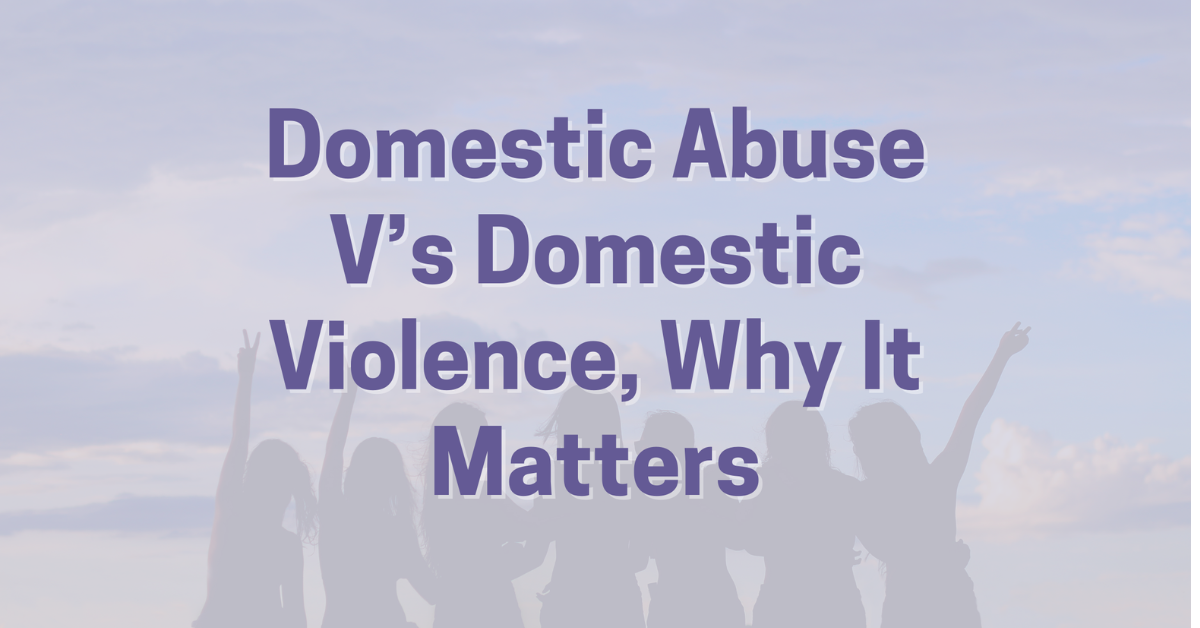Introduction
Violence and abuse are terms often used interchangeably in everyday conversations, but they represent distinct concepts with unique characteristics and implications. Understanding the difference between the two is crucial for effectively addressing and preventing harm in various contexts, including personal relationships, communities, and societal structures. This article aims to clarify these terms, explore their nuances, and discuss the impact they have on individuals and society.
Defining Violence
Violence generally refers to the intentional use of physical force or power, whether threatened or actual, against oneself, another person, or a group. This definition encompasses a range of actions, including:
- Physical Violence: This includes acts such as hitting, kicking, or using weapons against another person. Physical violence can result in injury or even death.
- Sexual Violence: This involves any sexual act performed against someone’s will, including rape, sexual assault, and coercive sexual behavior.
- Psychological Violence: This includes threats, intimidation, and coercive control, which can cause emotional harm and distress.
- Structural Violence: This refers to systemic inequalities and injustices that result in harm, such as poverty, discrimination, and lack of access to healthcare or education.
Violence is often seen as a public issue that requires societal intervention. It is typically immediate and can be easily recognized, leading to calls for legal action and social support.
Defining Abuse
Abuse, on the other hand, encompasses a broader range of behaviors that may or may not involve physical violence. Abuse can be defined as a pattern of behavior used to exert power and control over another person. It can occur in various contexts, including domestic relationships, workplaces, and institutional settings. Types of abuse include:
- Emotional Abuse: This involves undermining an individual’s self-worth or emotional well-being through manipulation, humiliation, or verbal attacks. Emotional abuse can be subtle and may not leave physical scars, making it harder to identify.
- Verbal Abuse: This includes using words to harm, belittle, or intimidate someone. It can manifest as shouting, swearing, or making derogatory remarks.
- Financial Abuse: This occurs when one partner exerts control over the other’s financial resources, limiting their access to money or resources.
- Neglect: This refers to the failure to provide for a person’s basic needs, including food, shelter, and medical care. Neglect can occur in various relationships, including caregiving contexts.
Abuse can be ongoing and systematic, often occurring over long periods. It is characterized by a desire for power and control rather than a single act of violence.
Key Differences Between Violence and Abuse
Intent and Impact
The primary difference between violence and abuse lies in their intent and impact. Violence is often an impulsive act driven by anger or frustration, while abuse is typically a calculated effort to exert control and manipulate the victim. Violence tends to be a one-time event or a series of events, whereas abuse involves ongoing patterns of behavior.
Recognition and Response
Violence is often more visible and easier to identify, prompting immediate responses from authorities and support services. In contrast, abuse can be more insidious and may go unnoticed until it has caused significant harm. This lack of recognition can make it challenging for victims to seek help.
Legal Implications
While both violence and abuse can have legal ramifications, the legal system often treats physical violence more seriously than emotional or psychological abuse. Laws may vary by jurisdiction, but many legal frameworks have strict definitions of violent crimes, while abuse may not always be prosecuted effectively.
Social Perception
Society often reacts differently to violence and abuse. Physical violence may elicit a stronger emotional response and a greater call for action, while abuse can be minimized or overlooked, especially in cases where it is not physically evident. This disparity can contribute to a culture of silence around abuse, making it harder for victims to come forward.

I personally feel your post is very well crafted. I actually agree with much of the information you have in this article and certainly will read it once again to take into consideration some others. I personally enjoy the very nice style.
Thank you so very much for writing this particular write-up. I have been looking for information the same as this specific. I’d been baffled by many other comparable writings, nonetheless you solved the problem.
I am thrilled that I came across this post! You have really made your points clear and your content is easy to read because you have formatted it very well. Many thanks for your awesome work!
It is an enlightening post on this subject and I actually liked the read. My regards and also appreciation to the author of this fabulous content.
In Case I let you know how often I am dissatisfied by informational articles due to the very poor content, you’d be stunned. Your write-up is exciting and also packed with intriguing points as well as material.
Coming across reasonable and also well researched information on this specific subject matter is rare. I actually believe you must know what a good work you’ve done here with this specific material. I agree entirely. Thank you for discussing this.
Exceptional write-up! You have employed relevant material and also logical points in this particular content. I personally agree with a lot of the opinions. This specific is engaging as well as very well worded.
Really nice article writing capabilities are simply part of remarkably fine writing. It is evident that you’ve these specific skills, but you also have a unique flair. Incredible job!